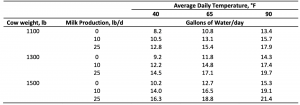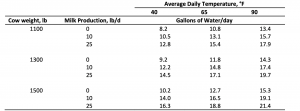“Think Safety this Summer, Agriculture is a High-Risk Occupation”
By: Justin Waggoner, Ph.D., Beef Systems Specialist
Most of you reading this are likely involved in agriculture in some capacity. Do you think being a farmer or rancher is a high‐risk occupation?
The reality is that farming and ranching is a high‐risk occupation. A 2019 report from the U. S. Department of Labor contains some staggering statistics and emphasizes the need for safety. There were 5,333 fatal work‐related injuries in 2019. Farmers, ranchers, and agriculture managers were the second greatest civilian occupation with regard to fatal work‐related injuries; with 291 reported fatalities in 2019. Nearly 1 out of every 5 fatally injured worker was employed as a driver/sales worker or truck driver. The leading cause of injuries was transportation incidents (2,122). These statistics are sobering. Agriculture is a dangerous occupation, and many times our daily activities put us on the road hauling commodities, equipment and livestock. Summer is “go time” for those of us involved in agriculture. However, the need for safety is real. Don’t be complacent about your safety and the safety of those around you.
The full report from the U.S. Department of Labor may be accessed at:
https://www.bls.gov/news.release/pdf/cfoi.pdf
For more information, contact Justin Waggoner at jwaggon@ksu.edu.

